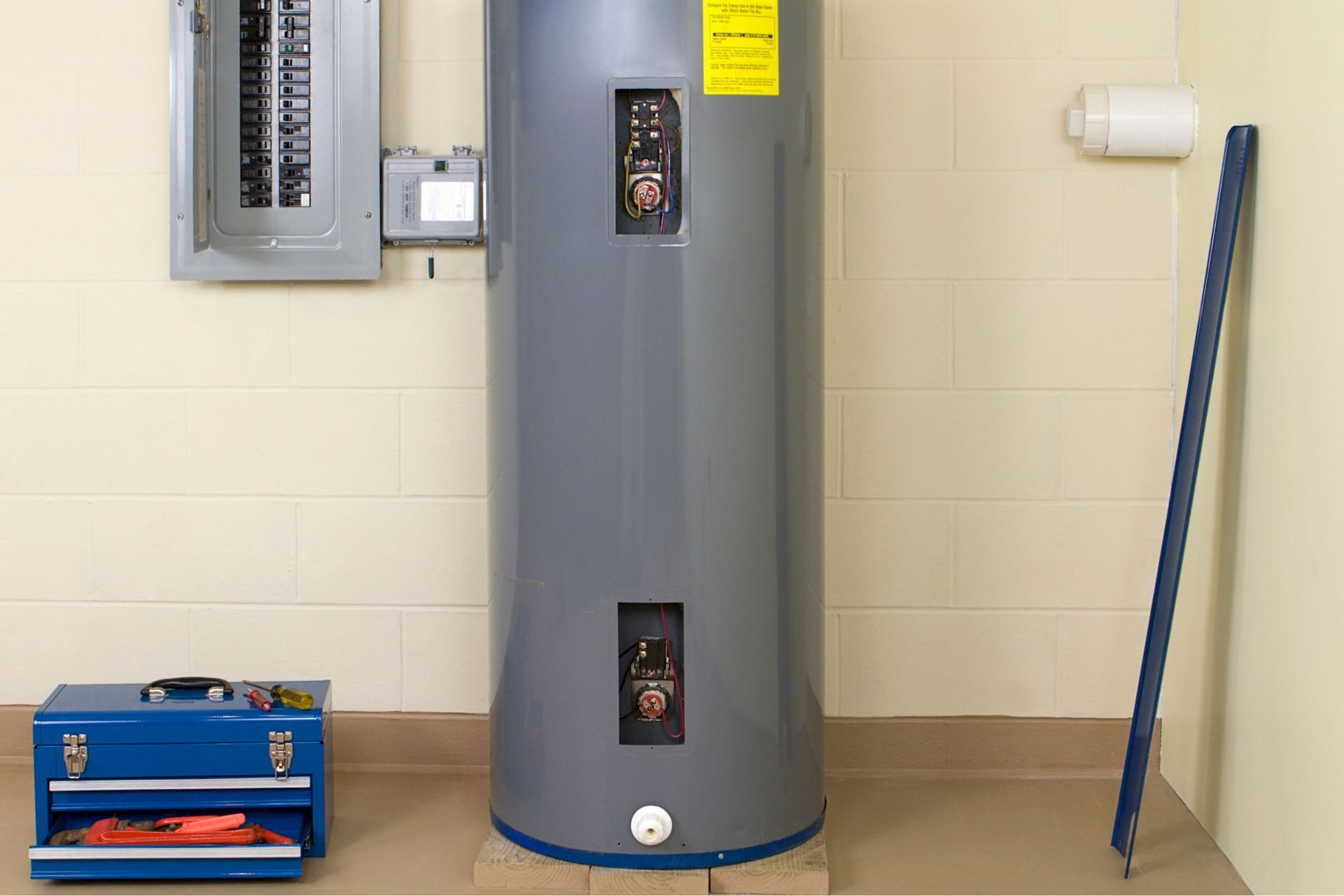Professional Advice on Maintaining Your Home's Hot Water System
Professional Advice on Maintaining Your Home's Hot Water System
Blog Article
Have you been trying to locate info on What Kind of Maintenance Do Water Heaters Need??

Warm water is essential for everyday comfort, whether it's for a rejuvenating shower or washing recipes. To guarantee your hot water system runs successfully and lasts longer, normal maintenance is vital. This article gives practical suggestions and understandings on how to preserve your home's warm water system to avoid disturbances and pricey repair work.
Introduction
Keeping your home's hot water system could appear daunting, however with a couple of simple steps, you can guarantee it runs smoothly for years to come. This guide covers every little thing from understanding your hot water system to DIY upkeep tips and understanding when to employ professional assistance.
Value of Maintaining Your Hot Water System
Routine upkeep not only prolongs the lifespan of your hot water system yet also ensures it runs successfully. Neglecting maintenance can result in reduced performance, greater power bills, and even early failing of the system.
Signs Your Hot Water System Requirements Upkeep
Recognizing when your hot water system needs interest can stop significant concerns. Look out for indications such as irregular water temperature level, weird noises from the heater, or rustic water.
Comprehending Your Warm Water System
Prior to diving right into upkeep jobs, it's handy to understand the basic components of your hot water system. Usually, this consists of the water heater itself, pipelines, anode poles, and temperature level controls.
Month-to-month Upkeep Tasks
Normal month-to-month checks can aid capture small issues prior to they rise.
Purging the Hot Water Heater
Purging your hot water heater gets rid of debris build-up, boosting performance and lengthening its life.
Monitoring and Changing Anode Rods
Anode poles protect against deterioration inside the container. Evaluating and changing them when worn is important.
Examining and Adjusting Temperature Settings
Adjusting the temperature level setups makes certain optimum efficiency and security.
DIY Tips for Maintenance
You can perform several upkeep jobs on your own to keep your hot water system in leading condition.
Checking for Leaks
Regularly evaluate pipelines and connections for leaks, as these can lead to water damages and higher costs.
Checking Pressure Alleviation Valves
Checking the stress relief valve guarantees it works appropriately and stops excessive stress accumulation.
Shielding Pipes
Shielding hot water pipelines decreases warmth loss and can save energy.
When to Call a Specialist
While DIY upkeep is advantageous, some problems require professional experience.
Complex Concerns Needing Specialist Help
Instances consist of significant leaks, electric problems, or if your hot water heater is consistently underperforming.
Routine Specialist Maintenance Perks
Professional maintenance can consist of thorough assessments, tune-ups, and guaranteeing conformity with security standards.
Final thought
Normal maintenance of your home's warm water system is vital for performance, longevity, and price savings. By adhering to these suggestions and recognizing when to seek expert help, you can make sure a dependable supply of warm water without unexpected disruptions.
How to Maintain an Instant Hot Water Heater
Before tinkering with your hot water heater, make sure that it’s not powered on. You also have to turn off the main circuit breaker and shut off the main gas line to prevent accidents. Also turn off the water valves connected to your unit to prevent water from flowing into and out of the appliance. 2. When you’re done, you have to detach the purge valves’ caps. These look like the letter “T†and are situated on either side of the water valves. Doing so will release any pressure that has accumulated inside the valves while at the same time avoid hot water from shooting out and burning your skin. 3. When the purge valves’ caps are removed, you have to connect your hosing lines to the valves. Your unit should have come with three hoses but if it didn’t, you can purchase these things from any hardware or home repair shops. You can also get them from retail stores that sell water heating systems. Read the user’s manual and follow it to complete this task properly. When the hosing lines are connected, open the purge port’s valves. 4. You should never use harsh chemical cleaners or solutions when cleaning your unit. Make use of white vinegar instead. It should be undiluted and you’ll probably use about 2 gallons. 5. Now flush your water heater. This task should probably take about 40 minutes. We can’t give you specific directions for this because the procedure is carried out depending on the type, model and brand of your heater. With that being said, refer to the user’s manual. 6. When you’re done draining the unit, you have to turn off the purge port valves again. Remove the hosing lines that you earlier installed on each of the water valves. Put the valve caps (purge port) back in their respective places and be very careful so as not to damage the rubber discs that are found inside these caps. 7. Now that everything’s back in place, check your user’s manual again to find out how to reactivate your water heating system. 8. Once it is working, turn one of your hot water faucets on just to let air pass through the heater’s water supply pipes. Leave the tap on until water flows smoothly out of it. https://www.orrplumbing.com/blog/2014/september/how-to-maintain-an-instant-hot-water-heater/

Hopefully you enjoyed our part on What Kind of Maintenance Do Water Heaters Need?. Thanks for finding the time to read our content. Appreciated our blog entry? Please quickly share it. Let somebody else check it out. Kudos for being here. Revisit us soon.
Explore Report this page